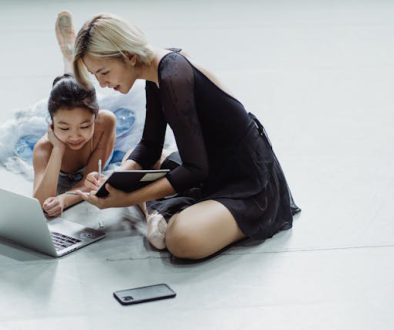Screen Time for Teens Balancing Social Media, Studies, and Personal Time
In today’s fast-paced digital era, teenagers find themselves entangled in a complex web of social media, academic responsibilities, and the pursuit of personal time. The task of balancing these facets often seems daunting, both for the teens and their concerned parents. However, understanding the significance of this equilibrium is key to fostering healthy relationships and a balanced lifestyle.
Consider a young high school student who dreams of excelling in academics while maintaining an active social life through platforms like Instagram or Snapchat. Here’s where the Positiveness Club app becomes a game-changer, guiding its users to achieve that elusive balance by offering mindful practices and strategies designed to improve time management and mental well-being.
The digital landscape is more inviting than ever, offering teens an outlet for creativity and connection. However, it’s crucial to prioritize quality over quantity when it comes to screen time. A notable insight from the book Digital Minimalism by Cal Newport suggests that by focusing on core values and minimizing digital distractions, individuals can lead a more enriched and meaningful life. Indeed, adopting such an approach can help young minds stay focused on what truly matters, leaving more room for both productive studies and fulfilling personal experiences.
Moreover, the importance of clear and open communication between parents and teenagers cannot be underestimated. A famous example is the well-known approach taken by tech mogul Steve Jobs, who believed in engaging in deep conversations with his children about meaningful topics, away from screens. This reinforces the idea that dialogue serves as a critical tool for creating understanding and setting boundaries that benefit both teens and their guardians.
Parents may wonder how much screen time is considered healthy for their teens. According to the American Academy of Pediatrics, the recommendation is no more than two hours of recreational screen time per day. However, it’s not merely about restricting screen time but about guiding teens to use it wisely. Encouraging them to design their screen time around educational content or learning new skills can lead to a far more beneficial use of their digital hours. Educators and parents alike have seen students excel by harnessing tech positively, be it through online learning platforms or creative expression.
Here’s a simple but effective strategy: setting specific ‘tech-free’ times during the day, perhaps during family meals or before bedtime, can help recalibrate digital habits and enhance family connections. It paves the way for discussions without distractions, allowing for deeper connections to form among family members. This collective mindfulness practice can be modeled on concepts from The Art of Communication by Thich Nhat Hanh, where the power of mindful listening and speaking is emphasized.
When screen time is managed adeptly, it can have positive consequences on teenagers’ mental health. Conversely, overuse can lead to potential negative effects such as anxiety, sleep disruption, or decreased academic performance. It’s akin to the delicate coaching style adopted by renowned basketball coach Phil Jackson, who emphasizes balance and focus, teaching his players to remain centered amidst external pressures.
Ultimately, achieving a healthy balance is about empowering teens to make conscious choices about how they use their time. The Positiveness Club app provides a supportive platform for teens to reflect, set goals, and keep track of their progress towards achieving a more balanced lifestyle.
In an ever-connected world, the journey towards mindful screen time requires cooperation and understanding from both teens and their parents. By promoting an environment of open communication and encouraging mindful practices, adolescents can thrive, balancing social media, schoolwork, and personal time effectively, leading to fulfilling and balanced lives that positively impact their future.


